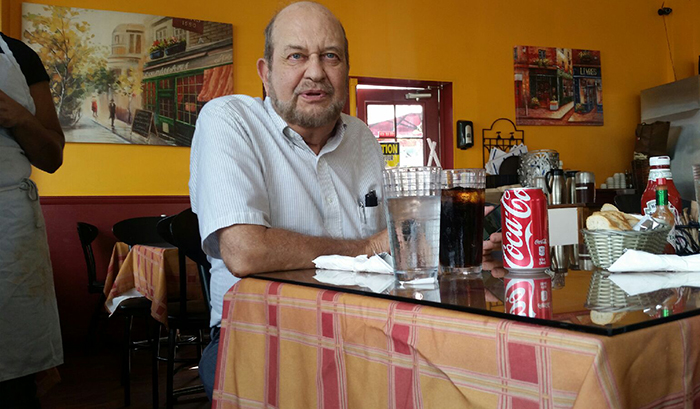In a little more than a month, the Metro Expo Line’s final portion will open for business, making it possible to take trains from the far eastern portions of Los Angeles County to the often-crowded beach in Santa Monica. This will come barely two months after a new section of Metro’s Gold Line opened, allowing a simple, cheap 31-mile jaunt from downtown Los Angeles to Azusa.
Meanwhile, in Sonoma and Marin counties, test trains are running on another light rail line, between Santa Rosa and San Rafael, with high hopes of relieving some heavy traffic on parallel route U.S. 101.
Barely any protests have afflicted these projects, which together will have cost many billions of dollars.
Meanwhile, protests are vocal and persistent wherever the state’s High Speed Rail Authority plans to build bullet train tracks, bridges or stations, even where it plans to share rights of way with other trains, as on its planned course on the San Francisco Peninsula.
There is massive resistance to a plan for running up to five freight trains weekly through the East Bay area and Monterey County to a Phillips 66 oil refinery in Santa Maria, which supplies much of the Central Coast.
These trains would bring crude oil to the refinery, something Houston-based ConocoPhillips insists is needed because of declines in production of California crude oil. Oil trains would run from the Carquinez Strait near Benicia through much of the East Bay, raising fears of derailments and hazardous waste problems in populous areas. So far this year, there have been at least three derailments of oil trains in other parts of the nation, with hundreds of temporary evacuations resulting. Another train derailed last month in the East Bay.
Bullet Train Boos Are No. 1
Loud as those protests are, they lack the potency of the opposition to the plans of the High Speed Rail Authority, headed by former Pacific Gas & Electric executive Dan Richard, who also spent years as an aide to Gov. Brown.
The most prominent current anti-bullet train push is a proposed November ballot initiative sponsored by Republican state Sen. Bob Huff of San Dimas and state Board of Equalization member George Runner. They seek to switch almost $10 billion in remaining, unsold, bonds from the bullet train to water projects, including new reservoirs and desalination plants.
That initiative, which appears likely to make the ballot, is in large part the result of the High Speed Rail Authority’s insistence on a route that makes no sense – meandering north from Los Angeles through the Antelope Valley, then west through the Mojave Desert to Bakersfield before turning north again for a run past and through farms and towns in the Central Valley. When it’s done with all that, the bullet train’s projected path would turn west again over the Pacheco Pass to Gilroy and then veer north to San Jose before heading up the Peninsula along existing CalTrain routes to San Francisco.
A convoluted route. If built out, it will add at least half an hour of travel time to a much simpler route that was available: Heading almost straight north from the Bakersfield area along the existing Interstate 5 right of way, where plenty of median land is available for most of the run.
Rather than cutting over the Pacheco Pass, it would be far simpler to continue a little farther north to the windswept Altamont Pass, where a turn west could quickly lead to a link with the Bay Area Rapid Transit System and special BART express trains to San Francisco.
That route would cost billions less and be far more direct and faster. The illogical High Speed Rail Authority opted for the least sensible, most costly route, inviting the lawsuits and public outcries that have now set its timetable back by at least three years. The Huff-Runner measure might make it extinct.
The difference between the fates of the light rail projects and this ultra-heavy rail couldn’t be clearer: Because the light rail systems heeded where potential passengers want to go and chose direct, non-controversial routes, they are being completed on time, or close.
Meanwhile, the bullet train and the old train plans might just pay the price for making little or no sense and/or wasting money: Extinction.
Mr. Elias may be contacted at tdelias@aol.com. His book, “The Burzynski Breakthrough, The Most Promising Cancer Treatment and the Government’s Campaign to Squelch It,” is now available in a soft cover fourth edition. For more Elias columns, visit www.californiafocus.net

